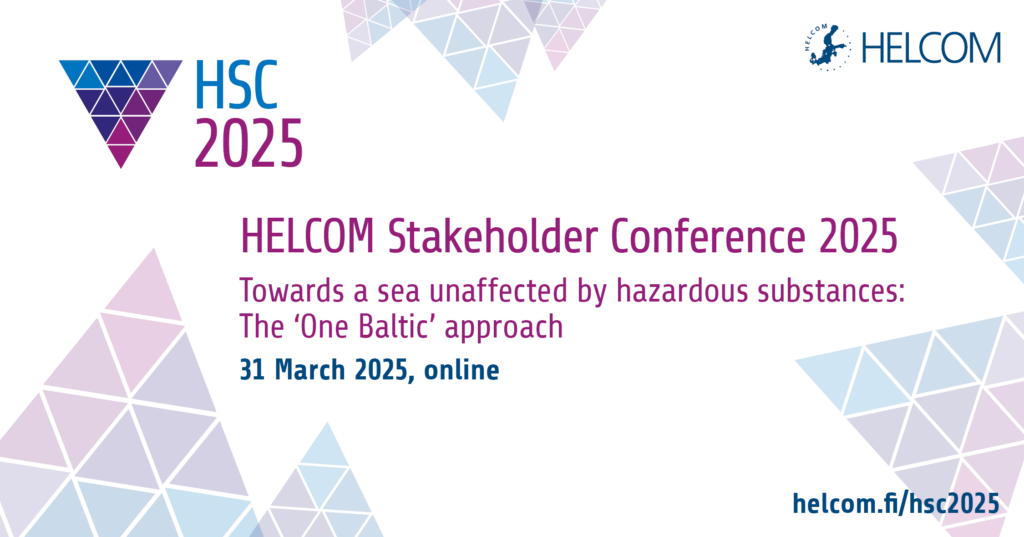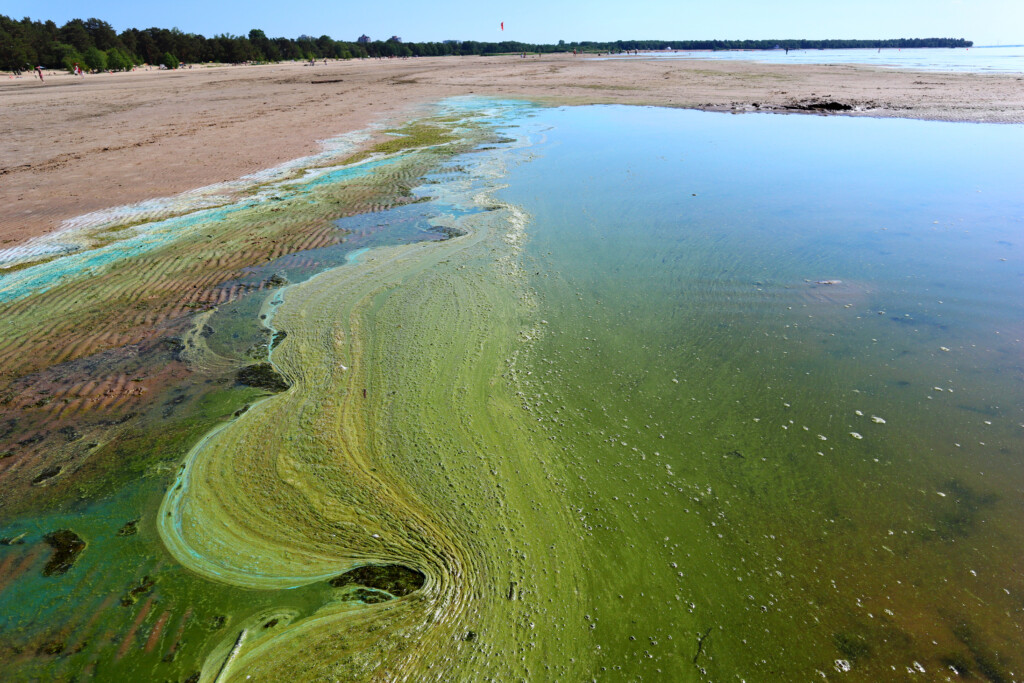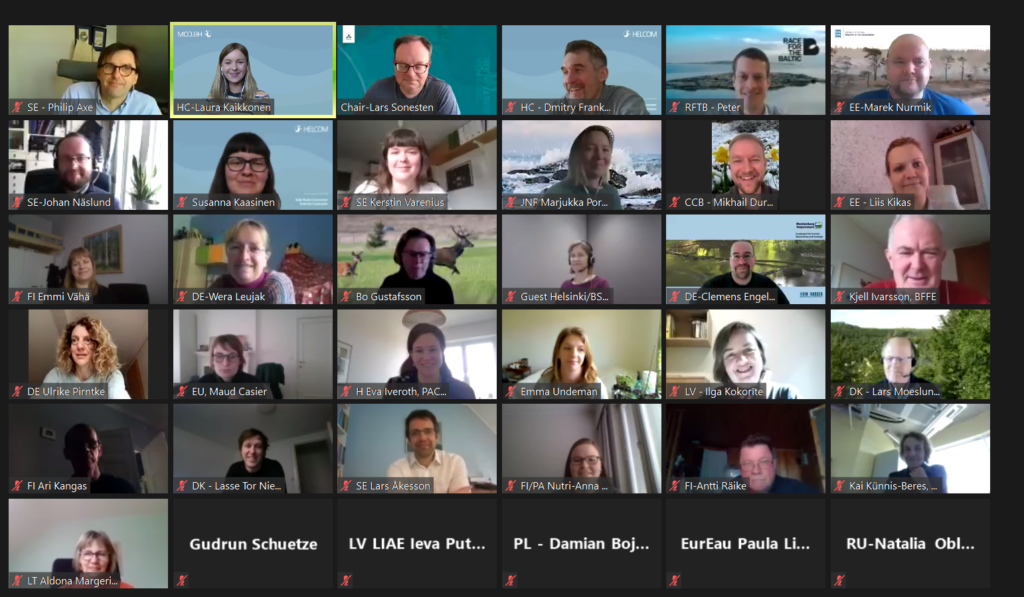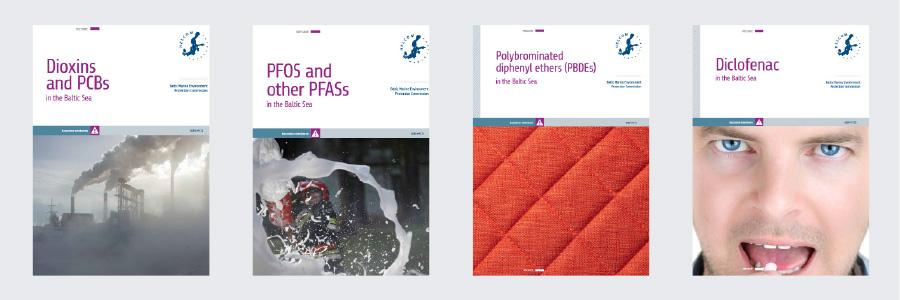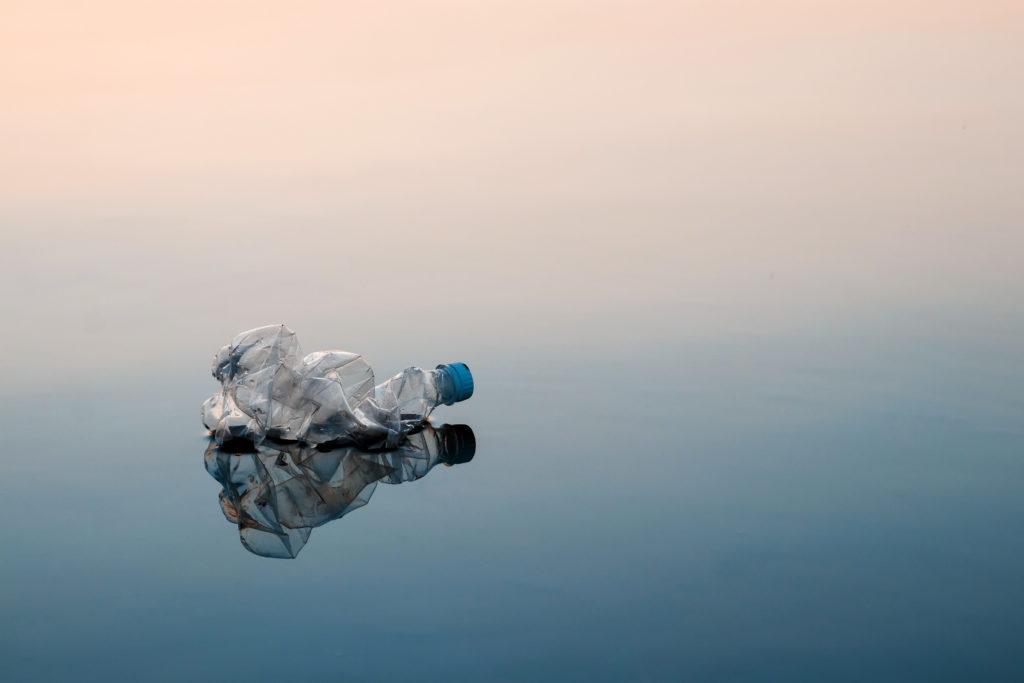The Helsinki Commission has approved the deletion of the five remaining municipal HELCOM Hot Spots (main pollution sites) in Poland. These hot spots included the municipal wastewater treatment plants in Katowice, Gliwice, Bytom, Łódź and Wrocław.
On March 28, 2025, the Helsinki Commission confirmed the deletion of these sites from the list after reviewing and approving a report submitted by the State Water Holding Polish Waters.
Poland has made significant progress in municipal wastewater treatment, particularly through the implementation of the National Programme for Municipal Wastewater Treatment. The previous deletion of Polish hot spots took place in 2015, when the modernization of wastewater treatment plants in Warsaw, Poznań and Kraków were completed.
“We are very gratified by this Polish success story, which testifies to the overall success of the work on hot spots under the Baltic Sea Joint Comprehensive Environmental Action Programme (JCP), initiated in 1992,” notes HELCOM Executive Secretary Rüdiger Strempel.
The 2021 Baltic Sea Action Plan saw the countries around the Baltic Sea renew their commitment to eliminating the remaining hot spots identified under the JCP (Action HT23).
“On behalf of Polish Waters, I would like to thank all national and international partners involved for the cooperation that led to this important achievement. It is the result of consistent investment, infrastructure modernisation, and joint efforts to protect the Baltic Sea, as well as clear proof of effective international collaboration in the Baltic Sea region”, states Deputy President of State Holding Polish Waters Mrs. Alicja Michalik-Kucińska.
Overall, there are only 35 sites left from the original 162 significant pollution points identified in the Baltic Sea catchment area. Currently only nine municipal hot spots remain on the HELCOM hot spot list, located in Latvia (2), Russia (2), Belarus (3), Ukraine (1) and the Czech Republic (1).
To delete the remaining hot spots from the list, it must be demonstrated that they meet the regionally defined criteria, in this case regarding the quality of the treated wastewater and its impact on the surface water downstream. For municipal wastewater treatment plants, this includes compliance with HELCOM Recommendation 28/E on municipal wastewater treatment. This recommendation sets parameters for five-day biological oxygen demand (BOD5), total nitrogen (TN) and total phosphorus (TP). Additionally, compliance with HELCOM Recommendation 38/1 on sewage sludge handling is required.
Above: A map of HELCOM Hot Spots.
About HELCOM Hot Spots
The HELCOM Hot Spot list was established in 1992 by the Helsinki Commission to draw attention to the most important sources of pollution affecting the quality of the Baltic Sea waters. Among them there were large agglomerations with insufficient wastewater management (municipal point sources), industrial areas and areas of intensive agriculture. Under the Helsinki Convention, Contracting Parties of are obliged to take action to remove hot spots from the list. Deletion of a Hot Spot requires proof that effective measures have been taken in the area, the hot spot’s environmental impact has been eliminated, and that the contaminated areas have been remediated.
Contact
Eeva Nyyssönen
Communication Secretary
eeva.nyyssonen@helcom.fi

